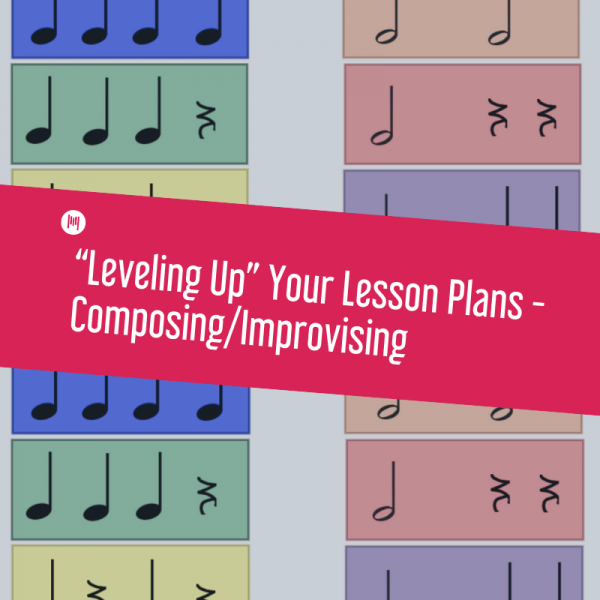
This is a guest post by Katherine Miller and Alison Capelle.
As you begin to think about how to incorporate technology into your lesson plans in an authentic and meaningful way, there are certain projects or benchmarks that you will find that lend themselves more naturally to technology inclusion. For us, that has definitely been true for the work we do with students in our elementary music classrooms based around composing and improvising.
The creation of music, whether planned and revised or done spontaneously in the moment, can easily be enhanced at any level of the SAMR Model (click here for more info on what SAMR is: Stop! Collaborate! And, Listen! Using SAMR in the Elementary Music Classroom) You may even be able to take a task that you have been doing forever in your classroom and completely transform it by moving through all 4 levels of SAMR!
As you continue through this post, you will be able to see how we took one composition project and leveled it up step by step through the SAMR model! It is important to remember, the goal of integrating technology is NOT to travel through each level or to reach any particular level.
The goal of the SAMR model is to be able to reflect on your own teaching and easily see ways that student devices could be incorporated into what you are already doing. This one example from our classrooms is just that! It is an example of how technology can be integrated into the things you are already familiar with and doing with your students like composing and improvising. It is also one snippet of time and one content standard that we worked on in a whole year of learning within our classrooms.
1 project, 4 SAMR levels
As we often do, our project began by reflecting together. We look to each other as a sounding board for new ideas or just generally get inspiration from each other as supportive music colleagues!
We realized that both of us taught beginning melodic composition in a very similar way and we started toying around with new ideas on how to shake things up by integrating technology.
Before integrating technology, we both taught absolute pitch names of the treble clef spaces in 3rd grade and had our students create their own FACE note melody through guided composition.
Students completed this project in our classrooms by performing their FACE note song on a barred instrument once it was composed on paper in standard notation. This was a very time-intensive project for both of us! We saw technology as a way we could alleviate this problem.
We began by brainstorming how we could use technology to streamline the creative process. Little did we know, technology provided so many more benefits to students than we could have ever imagined!
Substitution
We began very simply by taking our original paper/pencil guided composition activity and transferred it to a SMART Notebook file. This allowed us to walk our students step by step through the activity in a whole-group instruction setting before sending them off to compose their own FACE note melody on their personal devices.
We started with rhythm first to help organize the composition process.
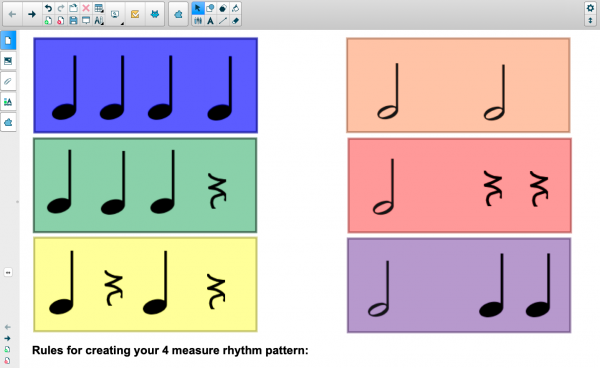
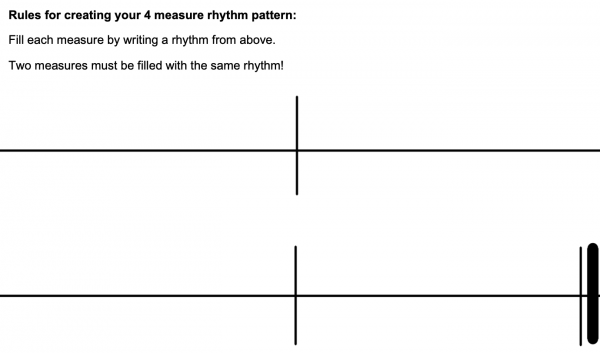
After our students composed a 4 measure rhythm composition, we guided them through the melodic portion:
- Write the rhythms you chose on the last page to F, A, or C
- Use only repeating notes (like F F or A A) or neighbors (like F to A or A to C) to create your melody
- End your song on F
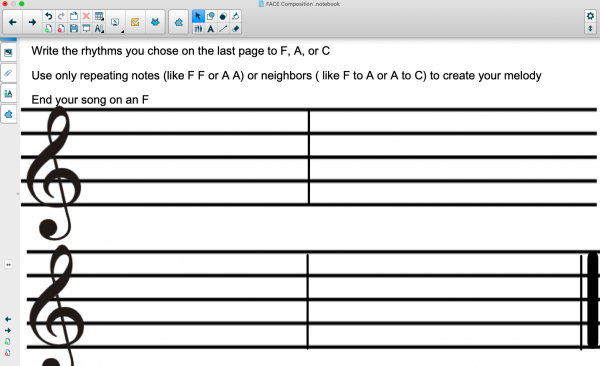
The Smart Notebook files were a direct substitution to what we had previously given students on paper. As our students worked through this process, we reflected on how we might simplify the process even more through the use of technology.
Augmentation
Leveling up to Augmentation was not a hard step for us because our students were getting bogged down in trying to write in the small spaces on their iPads. The tools that SMART Notebook offered provided more functionality to complete the task.
Instead of having the students write in SMART Notebook, we altered the document to allow students to click and drag the 4 beat rhythm patterns into the composition as well as the notes to place on the staff for the melodic portion.
This was done by using Infinite Cloner. This one tool made the writing process go much quicker and much more smoothly! Not to mention, student compositions were much more legible so they could easily be transferred onto classroom instruments later!
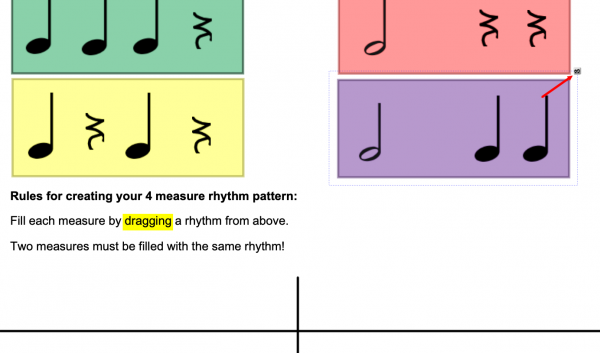
Modification
The changes we made by integrating technology led us to extend this project further than we ever had before by doing things that would not be possible without it. In order to level up any composing project, there are two options. We decided to try both with our 3rd grade students!
The first way to level up and modify students’ learning is to have students use any type of device to record their performance of the music they wrote, or even music they improvise. This is a significant task redesign beyond just having students perform it in class like we had done previously.
Recording their song allowed students to have multiple takes and to revise their work which is not possible in a live, classroom performance. It also allows for all students to be working at the same time on different compositions.
The second way recording a performance of a student composition modifies instruction is by allowing students to turn in their projects through a workflow app like Google Classroom or Showbie. This means that the teacher can listen and watch each performance and give personalized feedback to EVERY student. Students can use their individual feedback to edit or redo their performance so that it matches the written composition they have made based on the teacher feedback.

Redefinition
To redefine a composing project, we considered how student work could be done collaboratively or shared beyond the walls of our music classrooms. Extending your classroom beyond its 4 walls provides students with a task that would be inconceivable without technology and would help us reach the last level of SAMR.
In order to make this happen with our 3rd grade students, we relied on apps that allowed for asynchronous work between partner pairs where one student from each pair was in each of our separate elementary buildings located across town from each other. We looked at a few options including Flipgrid and creating Google Drive folders for each partner pair but landed on the WebEx Teams app to allow technology to redefine composition for our students.
Once students were paired up, they shared their compositions virtually! In our example, we had students learn to play their partners composition on classroom instruments rather than learning to play their own like we had done in the past.
This allowed them to use their music reading skills on an additional example created by a peer. It also allowed students to critically compare the video they received back from their cross-town partner with the original composition they created to give feedback.
- Did the video they received match the written notation they had composed?
- What did their partner do really well?
- Did they notice things that could be improved?
Besides providing students with an opportunity to extend their musical learning beyond the 4 walls of our classroom, students LOVED this use of technology!
Tip: If you don’t have access to WebEx Teams, you may want to consider using an app that allows teachers to see the communication students are having in order to ensure all students are safe. You may also want to cover some basics in internet safety, like not disclosing personal information and keeping the conversation on topic, prior to launching the project in your classroom.
If you would like to hear more about this particular project and other collaborative composing, you can listen to the Midnight Music Podcast on this topic by following this link.
Regardless of your comfort level with technology and the SAMR Model, there are easy ways you can get started and we hope this example from our third grade classrooms will help you to see the possibilities within your own classroom. The first step to technology integration and the SAMR Model is the willingness to try!
Are you ready to find a composing or improvising activity from your classroom to integrate technology into?
There are many apps and sites available to help you get started with composing and improvising using technology in your classroom like:
- GarageBand/Soundtrap/Groove Pizza-Fully equipped music creation programs available to compose with electronic instruments
- Jamboard-An interactive whiteboard app that can be shared between students to create word chains or collaborative written notation
- Chrome Music Lab-A website with fun, hands-on music learning experiments
- Flat Chrome Extension-An extension available for the Chrome browser on laptop or desktop computers that allows students to write standard music notation
You can also look here “Leveling Up” Your Lesson Plans – Performing to find ideas about integrating technology into music performing in your classroom!
Download your copy
Would you like to take a copy of this article with you? Click the button below and a copy of this will be sent directly into your inbox.
About the writers

Katherine (Katie) Miller holds a Bachelor of Music in Education degree from Otterbein University (Westerville, OH) and a Masters of Educational Leadership from Antioch McGregor Midwest (Yellow Springs, OH). She has 15 years of professional musical experience as a music educator and performer.
She is currently employed by the School District of Waukesha in Waukesha, WI, where she teaches K-5 General Music and serves as a district model tech classroom. She was recognized in 2018 as a WPT Education Innovator by Wisconsin Public Television Education team. Twitter: K8TMiller
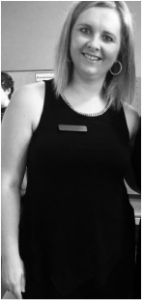
Alison Capelle is a music teacher at Bethesda Elementary, Waukesha, WI, USA. It is her 6th year in the School District of Waukesha and 16th year of teaching. She taught K-4 General Music for 10 years in the Howard-Suamico School District near Green Bay, WI. She received her Master’s Degree in Music Education with an emphasis in Orff Schulwerk from the University of St. Thomas in St. Paul, MN. As an educator, it is her goal to provide a positive learning environment in which students may experience all aspects of music, thus promoting lifelong advocacy for the musical arts. In her spare time, she enjoys singing, playing piano, reading, and spending time with her family.
Looking for More Resources for Music Teachers?
Hello! I’m Katie Argyle – an Australian music technology trainer and consultant with a passion for helping music teachers through my business Midnight Music.
I’m a qualified teacher but no, I don’t currently teach in a school. I help teachers through my online professional development space – the Midnight Music Community – where there are tutorial videos, courses, links and downloadable resources.
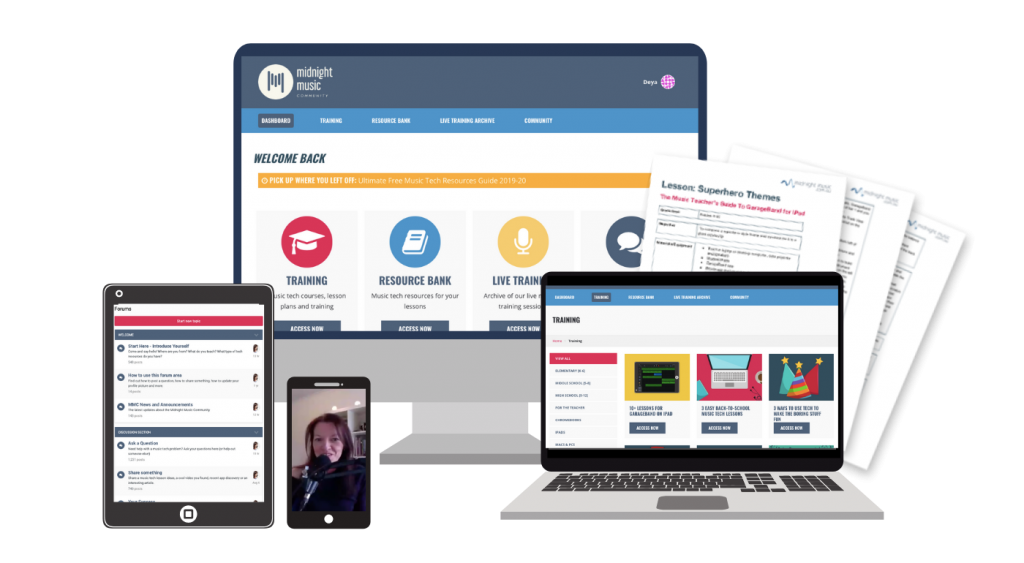
I like to focus on easy ways to incorporate technology into what you are already doing in your music curriculum through a range of creative projects. I also run live workshops and have presented at countless conferences and other music education events.
If you want simple, effective ideas for using technology in music education, I would LOVE to help you inside the Midnight Music Community.

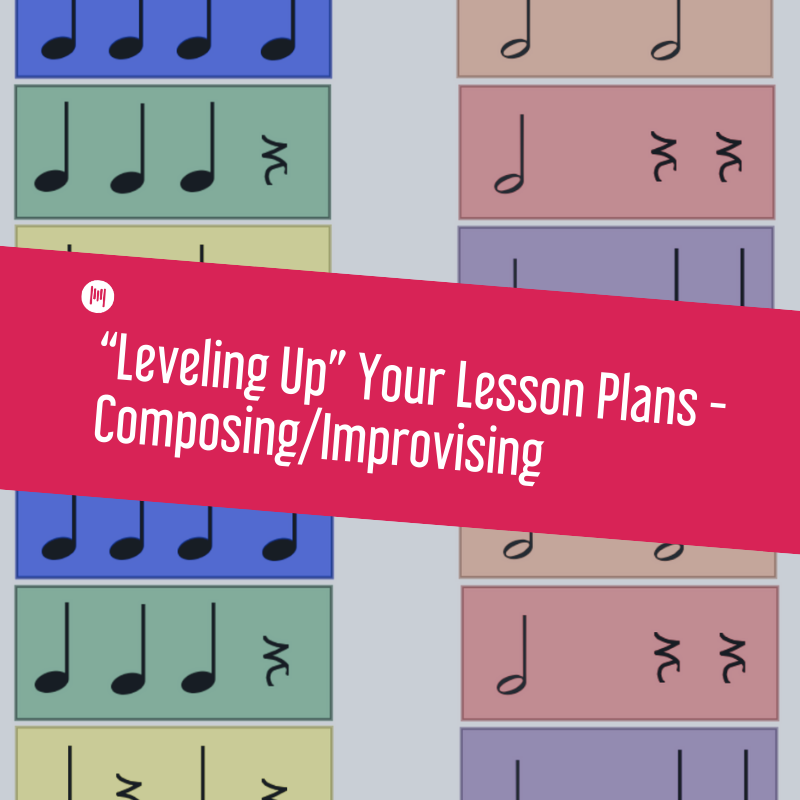

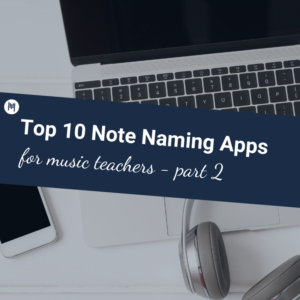
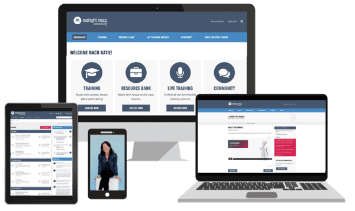



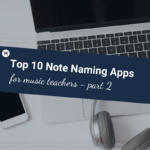
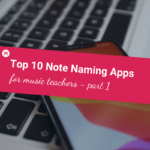

One Comment
I also use a resource https://chordchord.com/ I find it very useful for those who teach music. Here you can create and find interesting chord sequences and introduce your students to the chord progressions.